10 Toasty Hot Cross Bun Facts!
These delicious hot cross bun facts are sure to make your mouth water! Come along on a trip through the history of the humble hot cross bun!
If you love chocolate, Easter is probably one of your favourite times of the year - but it's far from the only delicious treat you can enjoy in the spring season! Hot cross buns are one of the most popular foods in the UK, making millions of pounds in sales every Easter. They're a simple snack, made of spiced bread with currants and orange peel, and usually served nice and toasty with some butter on top - but they have an awesome history you might not be aware of! Do you want to know how long they've been around, where coffee hot cross buns are popular - or why you should take a hot cross bun on a sea voyage? Get ready for some Easter-tastic facts!
Stay with us for some more amazing and fun food facts! Click here to learn all about pasta, sandwiches, and sushi!
1. They're a Christian food
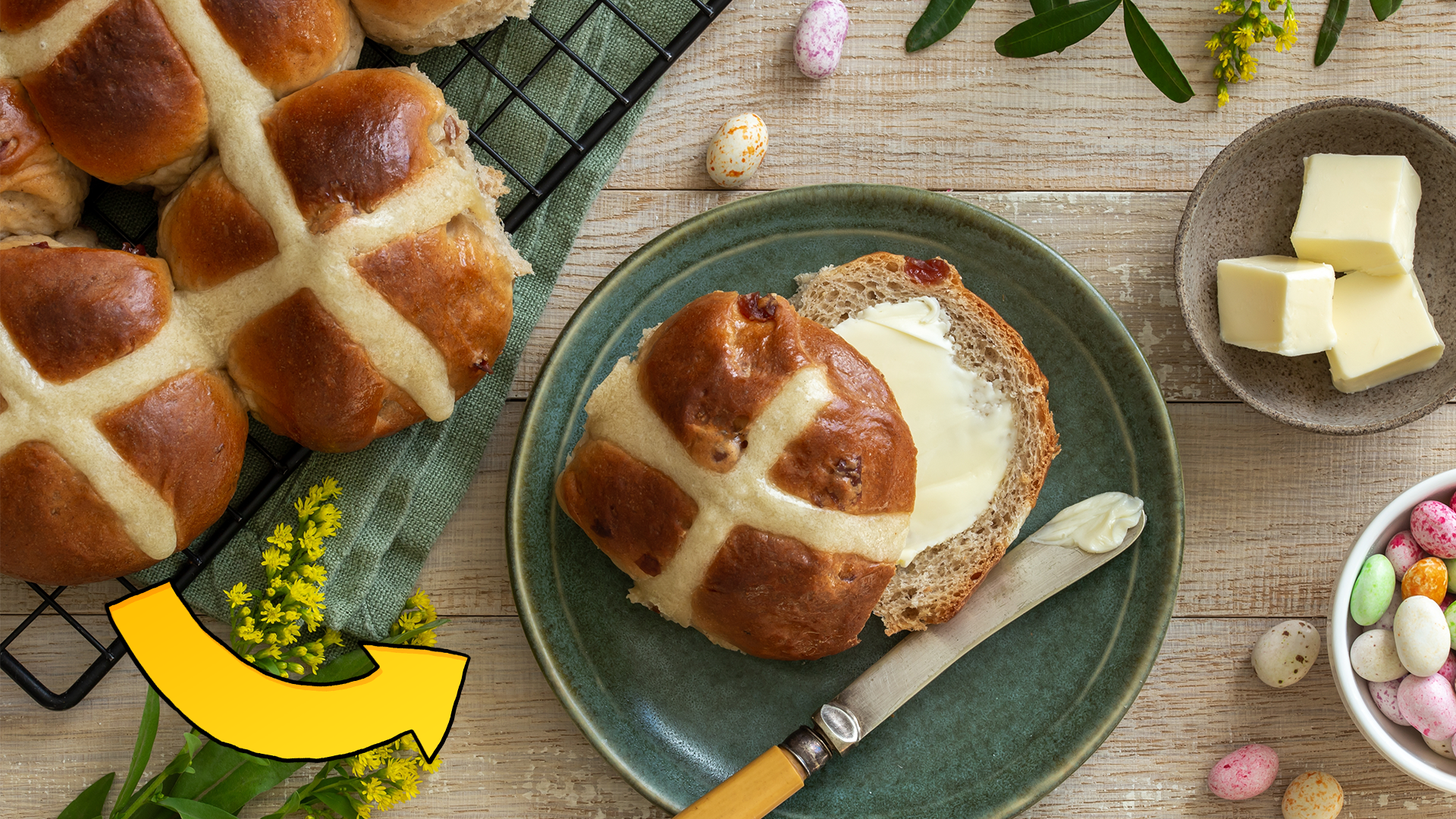
You don't have to be a Christian to enjoy tucking into a delicious hot cross bun, but that's where they originated! They're usually sold at Easter time, and the cross on top of the bun is symbolic of the crucifixion.
2. They mark the end of a fast

Traditionally, observant Christians fast for the forty days before Good Friday, starting on Ash Wednesday, the day after Shrove Tuesday (aka Mardi Gras, aka Pancake Day). This fast is called Lent, and it's symbolic of the forty days Jesus spent fasting in the desert. Some people will give up something for those forty days, like chocolate, meat or cheese, while other people won't eat at all during the day and will only eat a simple supper when the sun has gone down. Hot cross buns are traditionally the first food eaten to break the fast. Of course, lots of people eat them at teatime throughout the whole season, too!
3. They're an old tradition
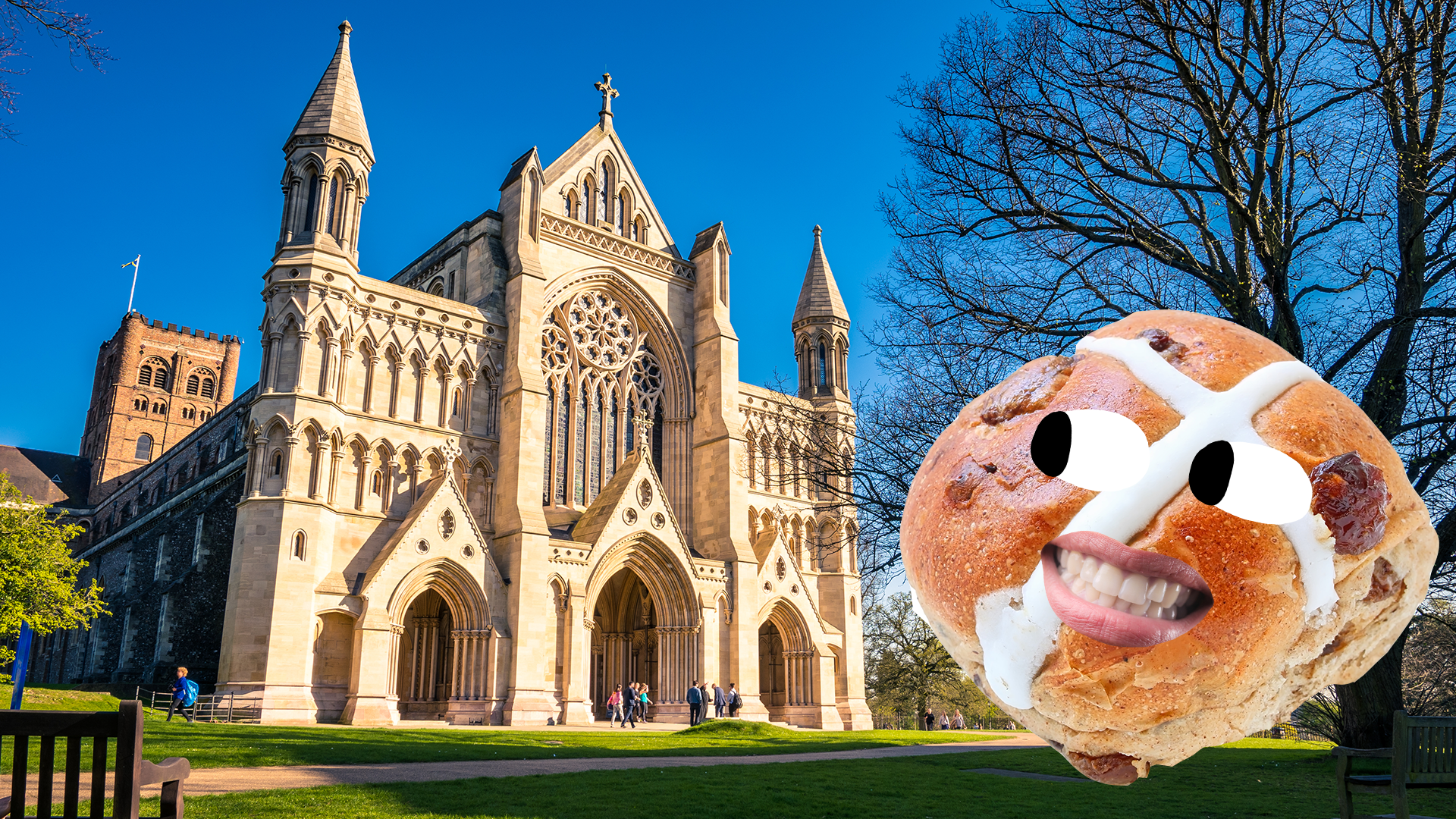
Historians think that the modern hot cross bun probably originates in St. Albans in the 14th century. In 1361 a Christian monk named Brother Thomas Rodcliffe baked a similar bun and gave it out to the poor on Good Friday. Some think that the bun is even older, though. Historians have noted that 6th century Greeks may have marked cakes with crosses, and there is a theory that the pre-Christian English pagans ate a sweet bun in springtime (though this hasn't been proven). Alban buns are still made at Easter, but you'll have to get to St. Albans if you want to try an authentic one!
4. The ingredients are symbolic
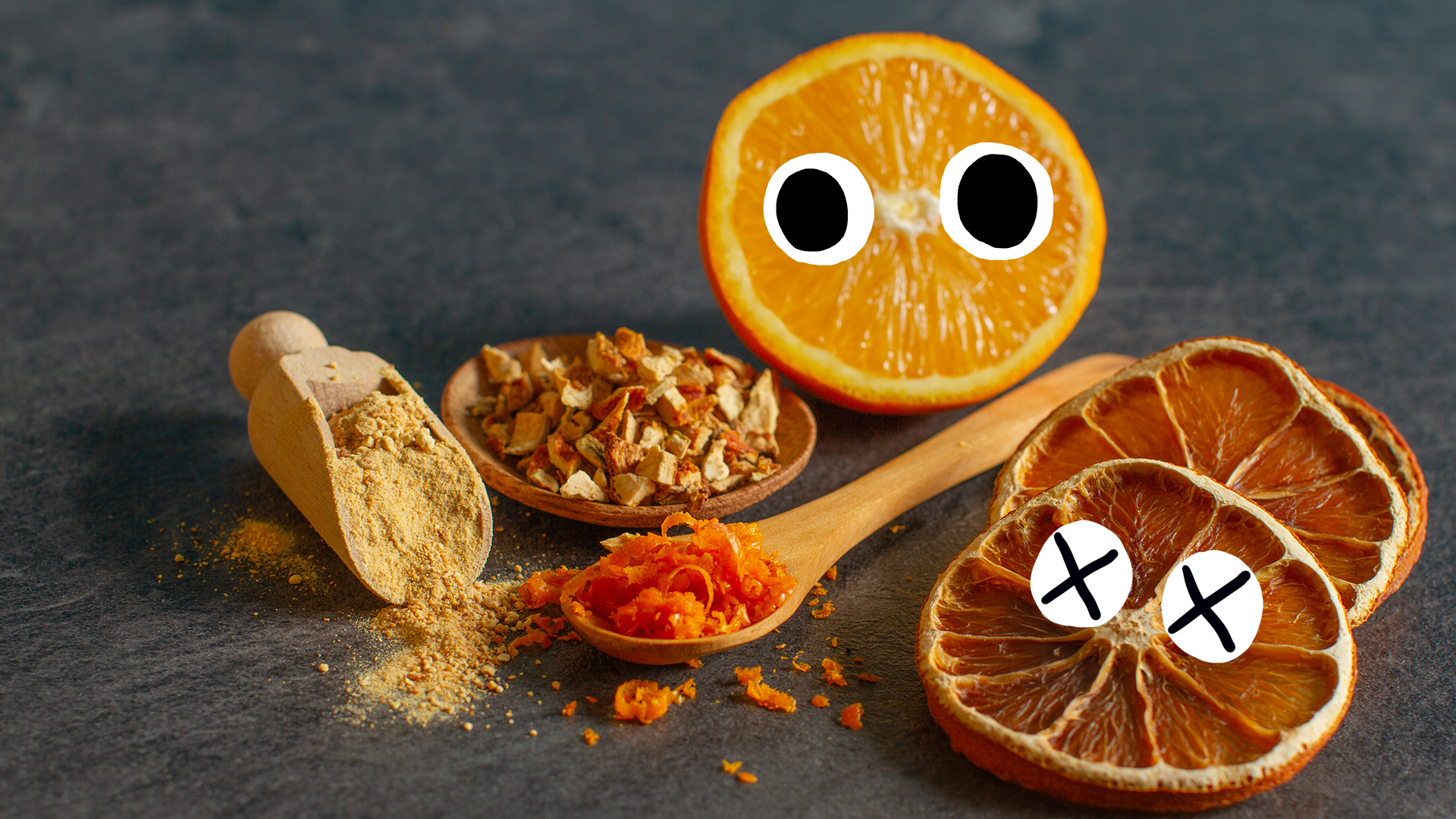
If you love hot cross buns, you know the best feature is the delicious spices and orange peel flavouring! But these are actually part of the religious symbolism of the bun - the spices signify the spice used to embalm Jesus, and the bitter orange peel representing the bitterness of his time on the cross.
5. They're said to be medicinal

In English folklore there are lots of strange tales about the healing power of hot cross buns! It's said that buns baked on Good Friday will never spoil or grow mouldy, and that you should keep these buns throughout the year. It's said that if you give them to the sick, it will heal them.
6. You should take them on a sea voyage!

Here's a tip for your next family cruise! Another superstition says that sailors should take hot cross buns with them to protect against shipwreck! Of course, the hard part will be explaining why you have a pack of hot cross buns in your suitcase...
7. And you need one in your kitchen!
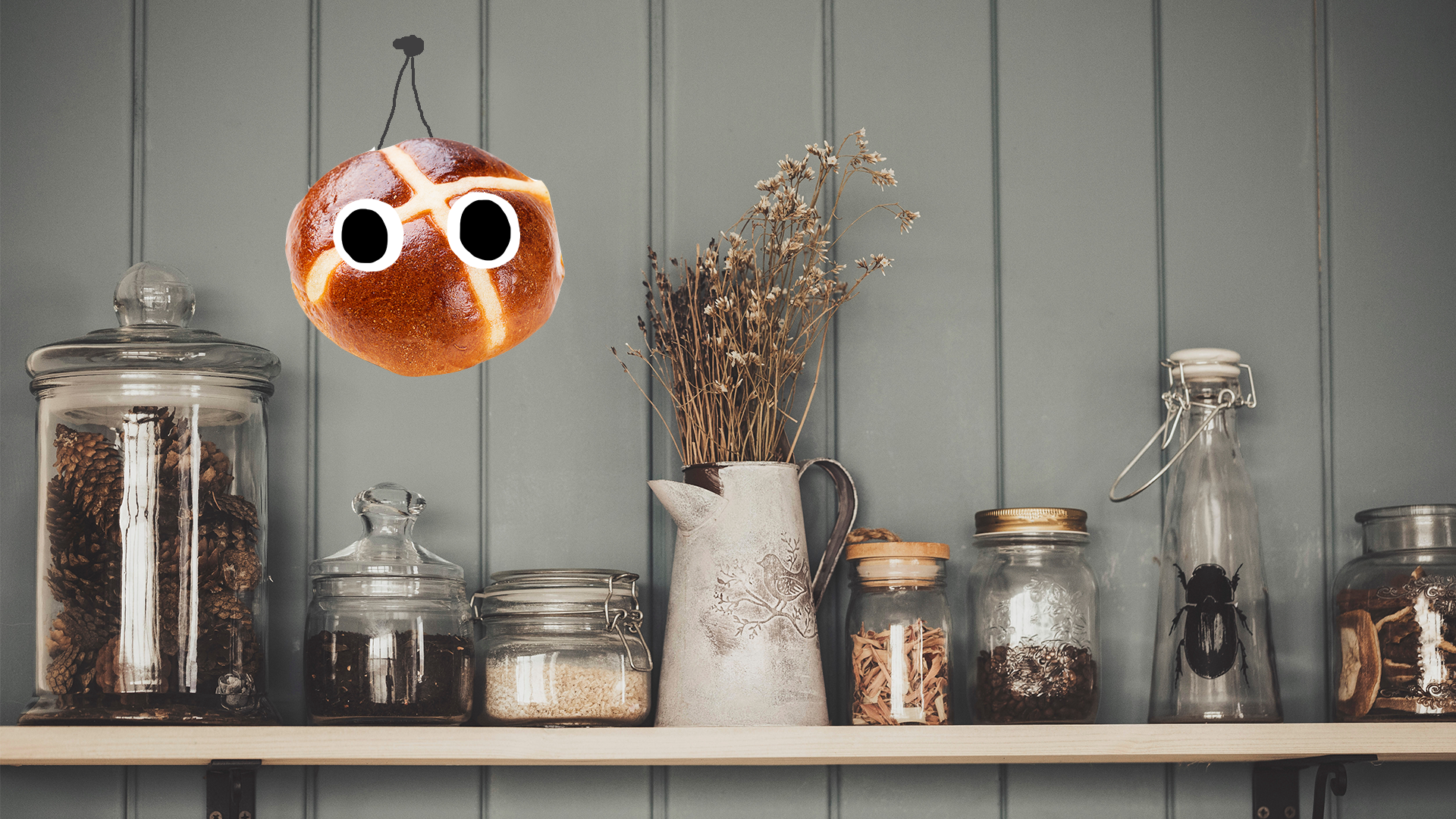
Another strange superstition is that hot cross buns will protect you from fire in your home, and so you should hang a hot cross bun in your kitchen! It should be replaced every Easter. The bun will also make sure all your baking turns out perfect. You should also make sure you have all the usual fire safety equipment in place (a smoke alarm for one!), but it can't hurt to try!
8. People took them seriously
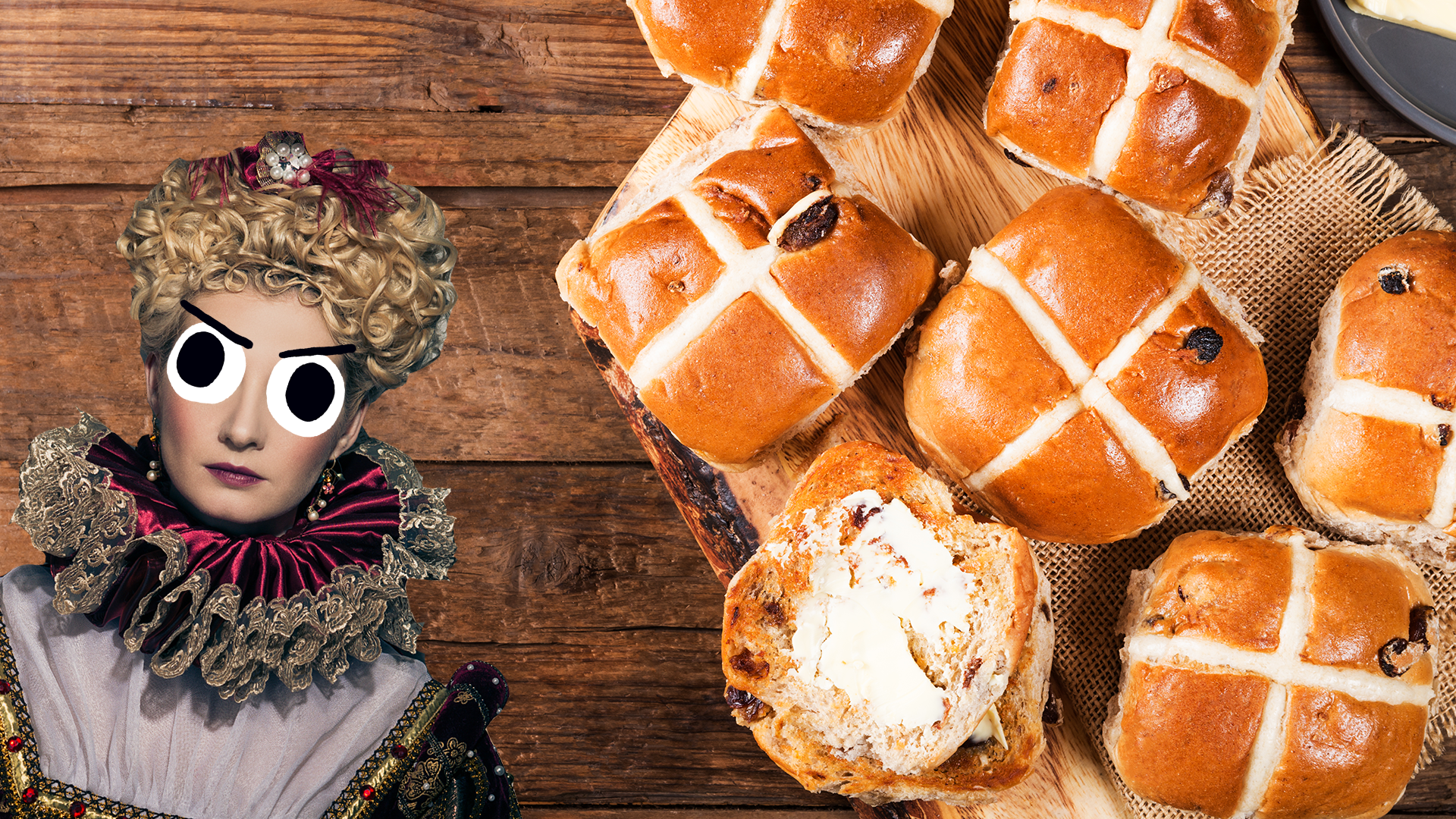
In 1592, when Queen Elizabeth I ruled England, a decree was issued banning the sale of hot cross buns and other spiced breads except for burials, Good Friday, and Christmas. This is because the bun was just too special! People got around this rule by baking it in their own homes instead of buying it from bakeries - but if they got caught, they'd have to give all the buns to the poor! James I, who ruled England from 1603 to 1625, attempted something similar. Nowadays there are no restrictions on the sale of hot cross buns, or any spiced bread - you can even sometimes find hot cross buns when it isn't Easter!
9. They're not just a UK thing!

Hot cross buns are often thought of as a British tradition, but they're actually enjoyed all over the world! Australia, New Zealand, Ireland, Canada, South Africa, and parts of the Caribbean also enjoy the buns. Historically they've been less popular in the USA despite a large Christian population there, but that's changing, with more bakeries making them at Easter!
10. They come in different flavours
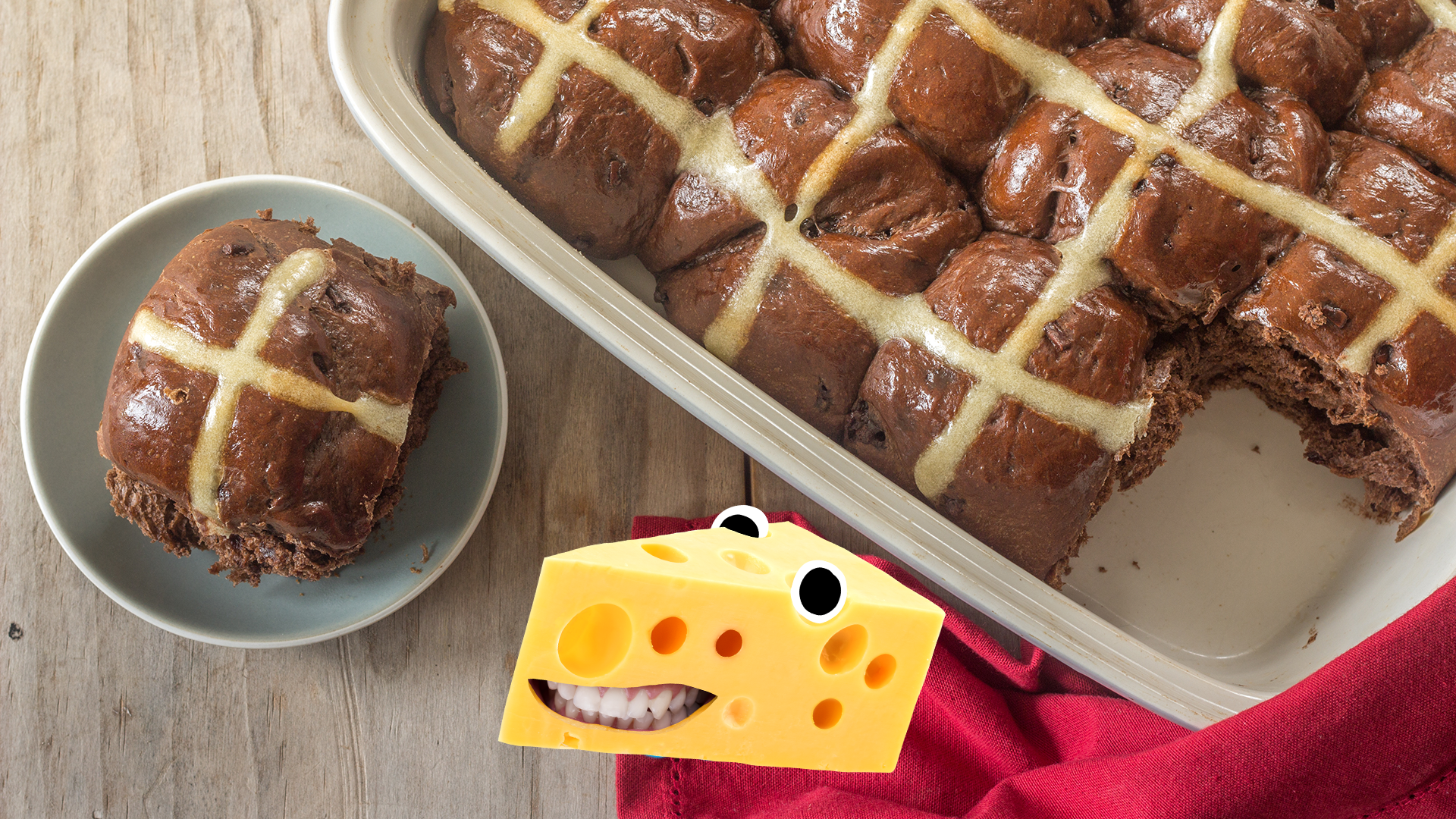
Not that a spicy hot cross bun isn't already delicious, but it's good to have options! Keep your eyes peeled this Easter for some fascinating flavours, like salted caramel, chocolate chip, apple and cinnamon, and even savoury cheese buns! In Australia a popular variant is the coffee-flavoured hot cross bun, and in Jamaica it's often flavoured with molasses and sometimes ginger beer!















